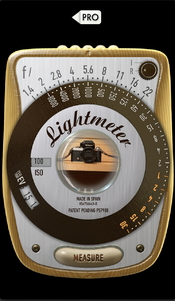so to cut to the chase (not trying to be rude-but probably am sorry about that) and for my specific purpose with a Nikon D3 and
D2x( bought for $100 solely to make my 80-200/2.8 into a max 280mm 2.8 lens and my $100 tamron 100-400 into a max 560mm/5.6_is it correct that the crop sensor effectively is a 1.4x teleconverter that doesn't reduce the light transmission), try to use designed for digital wide lenses with digital only but longer lenses are better options for the film/digital interchangeability.
and using a 4x5 to nikon F adapter (basically as one would have used polaroid) to visualize the look would be less than ideal with an old angulon 90/6.8 but much better suited to a modern APO schneider or rodenstock. (don't waste your money-to put it simply)
simple questions:
metering a scene with a digital camera for film exposure is less than optimal?
Is reciprocity failure similar or drastically different with film or digital?
I will research it and get out and try it for myself.
but this forum is a wealth of knowledge and I come here to learn. just want to keep the #of shutter actuations down
D2x( bought for $100 solely to make my 80-200/2.8 into a max 280mm 2.8 lens and my $100 tamron 100-400 into a max 560mm/5.6_is it correct that the crop sensor effectively is a 1.4x teleconverter that doesn't reduce the light transmission), try to use designed for digital wide lenses with digital only but longer lenses are better options for the film/digital interchangeability.
and using a 4x5 to nikon F adapter (basically as one would have used polaroid) to visualize the look would be less than ideal with an old angulon 90/6.8 but much better suited to a modern APO schneider or rodenstock. (don't waste your money-to put it simply)
simple questions:
metering a scene with a digital camera for film exposure is less than optimal?
Is reciprocity failure similar or drastically different with film or digital?
I will research it and get out and try it for myself.
but this forum is a wealth of knowledge and I come here to learn. just want to keep the #of shutter actuations down





